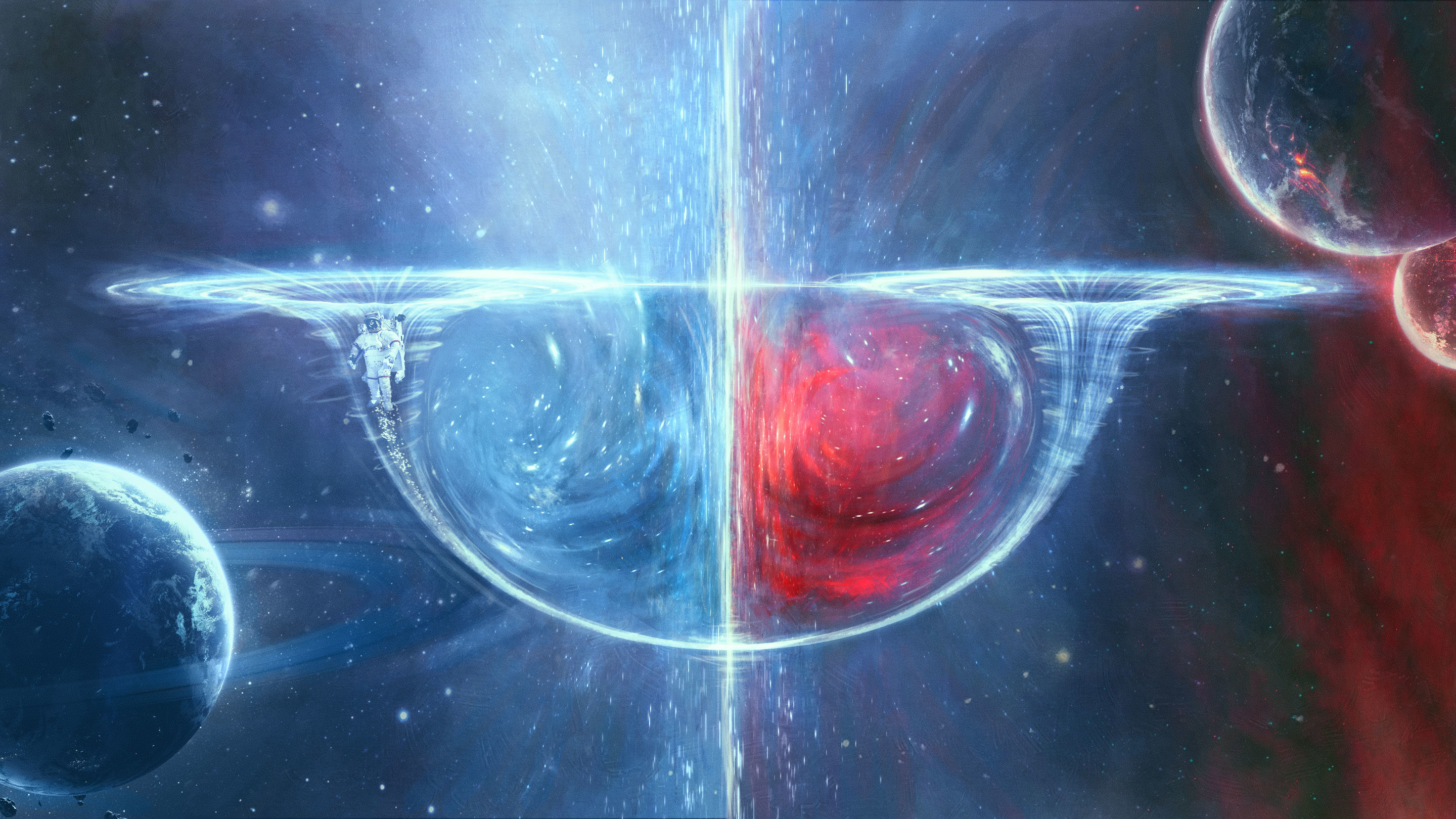As the common tropes of our science fiction continue to break out into reality every now and then, from humanoid robots to self-driving cars, there’s one concept that has seemingly remained beyond our grasp: time travel. But, jumping through time might not be impossible, after all, according to one astrophysicist.
By the rules of theoretical physics, certain conditions exist that would allow for the construction of elaborate wormholes, which could transport humans back to different eras.
While scientists have yet to discover the conditions needed to travel back in time, and construction a system large enough for humans certainly wouldn’t be easy, ‘there’s nothing forbidding it’ in the laws of theoretical physics, explains astrophysicist Ethan Siegel of Lewis & Clark College in the Forbes blog Starts With A Bang.
Backward time travel would rely on the elusive counterpart to the known positive energy / positive or zero mass particles found all throughout the universe – the negative mass/energy particles, which have long been theorized but never yet found.
‘If this negative mass/energy matter exists, then creating both a supermassive black hole and the negative mass/energy counterpart to it, while then connecting them, should allow for a traversable wormhole,’ Siegel writes.
‘No matter how far apart you took these to connected objects from one another, if they had enough mass/energy – of both the positive and the negative kind – this instantaneous connection would remain.’
The wormhole could be constructed in a way that allows one end to remain nearly motionless, while the other moves at almost the speed of light. Entering such a tunnel could then, theoretically, allow a person to jump back through time.
 |
| Certain conditions exist that would allow for the construction of elaborate wormholes, the physicist says. But, they've yet to be found |
Siegel imagines a scenario in which the destination is 40 light years away. After the passage of one year, the fast-moving end of the wormhole would have aged 40 years, while only a year would have passed on the other side. ‘If, 40 years ago, someone had created such a pair of entangled wormholes and sent them off on this journey, it would be possible to step into one of them today, in 2017, and wind up back in time at the mouth of the other one... back in 1978,’ Siegel writes.
‘The only issue is that you yourself couldn't also have been at that location back in 1978; you needed to be with the other end of the wormhole, or traveling through space to try and catch up with it.’
Via Dailymail
